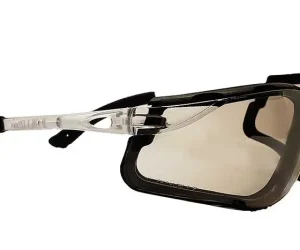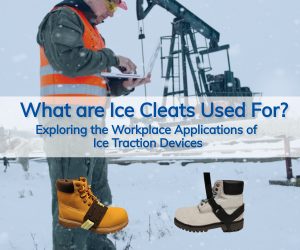Throughout the pandemic, one of the most common questions we get asked is, “which type of respirator is right for me and what will best protect me and my family from the virus?” Having an introductory amount of knowledge about filters and how they are classified goes a long way in helping to choose the right level of protection.
Filtration media is subdivided into 3 Classes and 3 levels of protection. To make this as simple as possible let’s start by explaining the 3 Classes. Two years into the pandemic, we are all familiar with the term “N95,” but do you know what the Letter and Number Sequence represent? No worries, let’s break it down and explain:
N – Series Filters are filters that are Not-Resistant to Oil based particulate aerosols and the indicator to change the respirator or filter is when it becomes difficult to breathe. A 95 rated filter or respirator will filter 95% of the contaminant.
There are also two other classes of Filters R and P.
R – Series Filters are and Non Oil based particulate aerosols for a maximum of 8 hours or when breathing resistance occurs. A 95 rated filter or respirator will filter 95% of the contaminant.
And finally,
P – Series Filters are resistant to Oil and Non-Oil based particulate aerosols and the indicator to change the respirator or filter is when it becomes difficult to breathe. A 100 rated filter or respirator will filter 99.97% of the contaminant.
When it comes to COVID-19 protection we’re not so much worried about protecting against an Oil based particulate aerosol but instead the number of particles that are actually filtered out assuming you have a proper fit and seal to your respirator. This is where the numbers come into play.
When assessing the actual performance of a filter, NIOSH tests filter material using the most penetrating size of particles which is 0.3 microns. This is important to understand because filters actually become more efficient when particle sizes move away from the 0.3 micron size. Here is a filter efficiency curve to help demonstrate what that looks like.
Levels of Protection
Within NIOSH, there are 3 levels of protection: 95%, 99% and 100% (99.97% to be specific). If the filter can remove at least 95% of the most penetrating particles at 0.3 microns it will be classified as a 95, for example N95. It’s also possible to have N99 or N100, again if the filter material can filter at least 99% or 99.97% of the most penetrating particles which again are 0.3 microns in size.
All in all, there are a total of 9 types of filters:
- N95
- N99
- N100
- R95
- R99
- R100 and P95
- P99 and P100
Traditionally for Industrial Construction applications N95 and P100 are the most common because if you’re not working with an Oil based particulate aerosol, generally speaking, an N95 is often sufficient. But if you’re working with an Oil based particulate aerosol then it typically makes sense to upgrade to the highest level of protection available which is a P100. This is an oversimplification, but it is sufficient. Keep in mind that a P100 also does all things the filters classified below it can do. But this comes with some drawbacks, mainly increased breathing resistance and cost.
Ever since COVID-19 became known, CDC has always acknowledged that an N95 is the Gold Standard of protection. Had supplies been abundant enough, it’s likely that recommendations would have been very different through the early waves of the pandemic and N95’s would have been encouraged for all as a minimum level of protection.
A properly fit and worn N95 is going to filter out at least 95% of virus particles. This is hugely advantageous with an airborne virus such as COVID-19 because it means that it will take so much longer to receive a viral load if exposed to an environment where COVID-19 is present. Therefore, it’s so important to wear the best type of protection possible. Using an N95 or better means that you are very well protected, especially in circumstances such as indoor crowded spaces with poor ventilation. It’s important to limit exposure as best as possible and wearing a high filtration, proper fitting respirator is a no brainer to stay protected.
For further information on exactly how N95’s filters work and their extremely clever design, we highly encourage you to watch this short video:
Dentec Safety is a leading manufacturer and distributor of safety products in the North America since 2004. Dentec Safety is dedicated to providing the highest quality safety products and solutions delivering enhanced value and comfort. Our expertise from decades of experience in Industrial Safety and our innovative design technologies have solidified us as thought leaders in the field. Protection and comfort are at the core of everything we do at Dentec. As a leading manufacturer of Safety Solutions, it is our mission to help organizations do the right thing, keep their employees safe and exceed Industry Health & Safety Standard.







